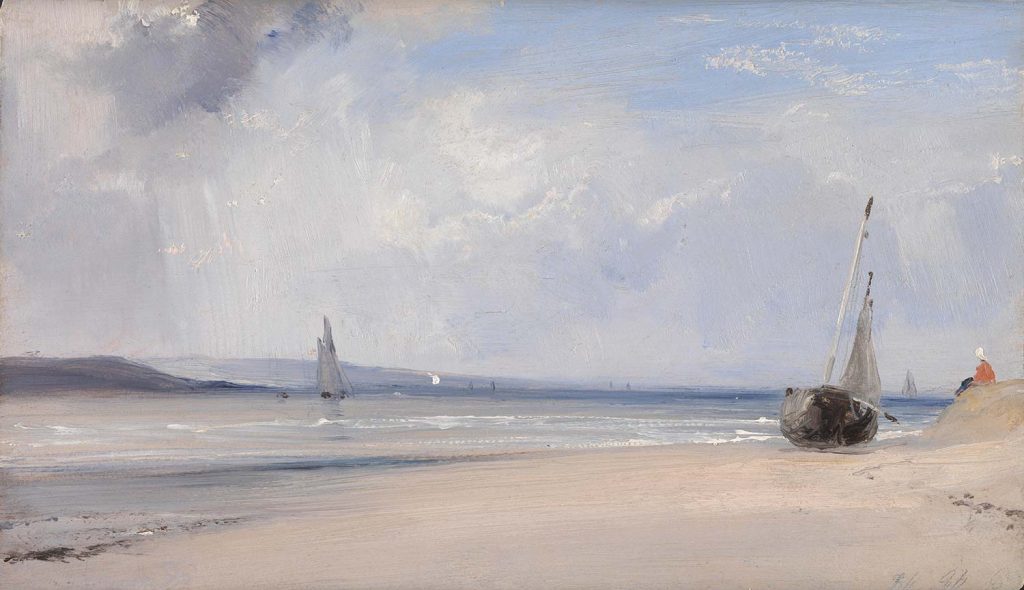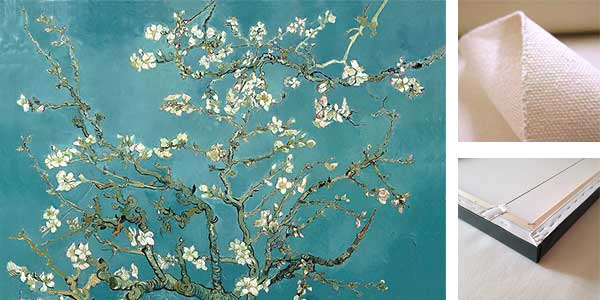
An Estuary in Northern France by Richard Parkes Bonington was created in 1825 – 1827. The painting is in National Gallery, London. The size of the work is 16,7 x 27,9 cm and is made of oil on board.
About the work
Bonington probably painted this around 1825-7 at La Ferté, on the estuary of the river Somme in northern France. His parents were English, but the family emigrated to France in 1817, when he was 15. Having enrolled in the Paris studio of the history painter Baron Gros, he abandoned academic training for landscape painting, travelling extensively in northern France, particularly in Normandy and Picardy. La Ferté and nearby St Valèry-sur-Somme were among his favourite haunts, which he frequently visited with his painting companions, who included Paul Huet.
As with Turner, Bonington’s early experience as a watercolourist profoundly influenced his approach to oil painting. In La Ferté, which was painted outdoors on site, Bonington uses swift, fluid stokes of thinly applied oil paint, which in places barely covers the surface of the board, to create an immediacy usually achieved with watercolour. This is enhanced by his painting directly onto wet paint, rather than gradually building up layers or glazes over time.
Look closely and you can see this in the mound’s edge, just to the left under the seated figure, and in the distant land on the horizon. Bonington makes no attempt to hide the track of the brush’s bristles through the paint. Not only are brush marks clearly visible – for example, in the long, horizontal strokes of the river bank and the short, vertical strokes of the clouds on the left – but the mix of long sweeps and shorter cross-hatching further adds to the liveliness of the picture. Read more in National Gallery London
